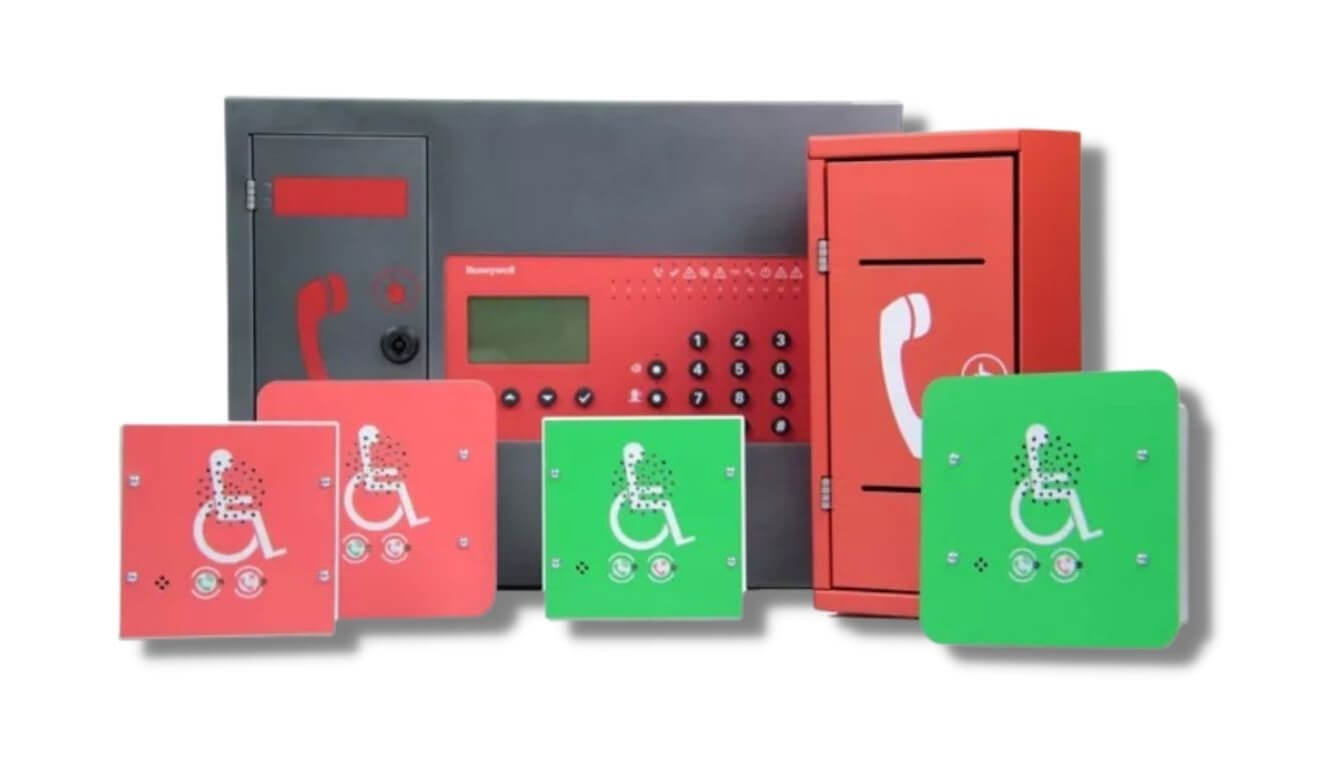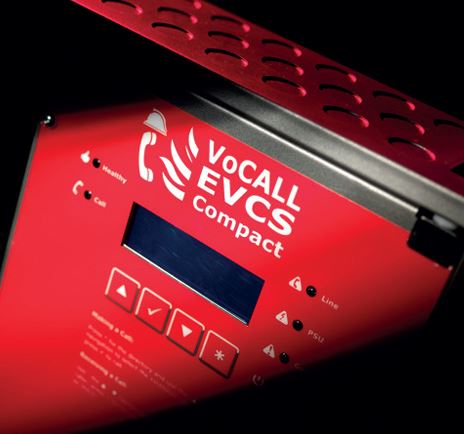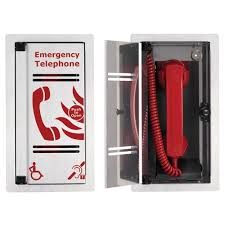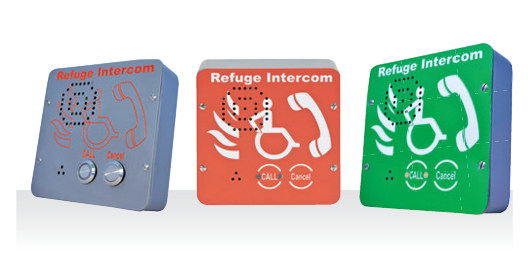Emergency Voice Communication System
Two-way voice systems for safe emergency evacuation
An Emergency Voice Communication System (EVCS) is designed to help the safe evacuation of everyone onsite. It is an essential measure to help disabled or mobility-impaired people to get out of the building safely. As part of our complete fire protection service, the experts at Amthal will assess how ECVS could work for your building offering professional installation and maintenance for ongoing functionality and legal compliance.

Does my building need an Emergency Voice Communication System (ECVS)?
Under the Regulatory Reform (Fire Safety) Order 2005, the responsible person for your building must ensure there is a safe evacuation route for all persons using the building, including those with disabilities.
How does an ECVS work?
An EVCS is designed to provide secure, fixed-location, two-way voice communication during an emergency. It is bi-directional, meaning that communication can be initiated from either end of the system, and it operates in full-duplex mode, which allows for the two people at each end of the system to talk at once.
An EVCS is made up of a central control point, with various outstations dotted around the building in refuge areas. These are safer places for a person to await help from the emergency services. A person should always be able to access the emergency voice communication system from a refuge area.


Constant communication throughout the evacuation process
During the first phases of an evacuation, even before emergency services arrive on the scene, an EVCS can be used to communicate between people at the control point and those in refuge areas.
Typically, the fire and rescue service would then take control of an evacuation on arrival.
During a fire, the fire and rescue service would continue to use the EVCS to assist fire fighting. Anyone who cannot use an escape route would be able to identify their location and communicate with the control centre.
Where should the ECVS points be located?
EVCS outstations should be placed in all refuge areas.
These areas should be a relatively safe place where people who cannot easily use fire escapes and evacuation lifts may call for assistance. This allows building management and emergency services to safely help remove these people from the building when stairwell crowding has eased.
For ease of use, it is recommended that your emergency voice communication system is positioned somewhere with minimal background noise. If that’s not possible, installing an acoustic hood or something similar around the outstation could help. For this same reason, it is also recommended that fire alarm sounders should not be located near outstations.

Contact Us…
For complete and compliant fire protection services, including advice on choosing the right emergency voice communication system for your premises, contact Amthal. With 25 years of providing expert life safety protection, we provide a complete installation and maintenance service for ongoing compliance.

EMAIL: info@amthal.co.uk
PHONE: 0800 093 7818

